Roaming the Old West with Holmes on the Range
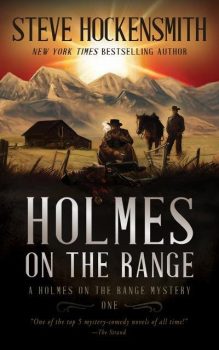 There are a lot of ways to go about writing a Sherlock Holmes story. Some folks attempt to very carefully emulate Sir Arthur Conan Doyle’s own style, and to turn out a tale that feels as if it might have been penned (or typed these days) by the creator of the great detective himself. No surprise that results vary. GREATLY. Hugh Ashton and Denis O. Smith are the best I’ve found in this regard.
There are a lot of ways to go about writing a Sherlock Holmes story. Some folks attempt to very carefully emulate Sir Arthur Conan Doyle’s own style, and to turn out a tale that feels as if it might have been penned (or typed these days) by the creator of the great detective himself. No surprise that results vary. GREATLY. Hugh Ashton and Denis O. Smith are the best I’ve found in this regard.
You can find stories ranging from pretty good to not suitable for (digital) toilet paper. I’ve had a half dozen of my own stories published and I’m still working on better voice the good doctor.
Some folks write whatever the heck they want, often with the name of Holmes being the only similarity to the famed detective. It is possible to find good Holmes stories that sound nothing like Dr. Watson’s narrative style, of course. And Holmes has been placed in different eras, and even worlds. In addition, there have been Holmes parodies around for over a hundred years. I’ve written a couple myself, and they were fun.
There are Holmes-like successors out there, of whom August Derleth’s Solar Pons is the best. Yes, I’m aware that’s a subjective judgment, but it’s mine, and I’m the one writing this essay, so it stands. I’ve written about Pons more than once, and even contributed introductions and pastiches to anthologies.
But today I’m going to look at one of Sherlock Holmes’ contemporaries; albeit, one quite different and far away. We’re not talking about Martin Hewitt here.
Steve Hockensmith had been writing short stories for Ellery Queen’s Mystery Magazine Christmas issue, and wanted to sell more to the venerable magazine. EQMM does an annual Sherlock Holmes issue, so he figured that was the way to go. But he wanted to write more than ‘just another Holmes story.’
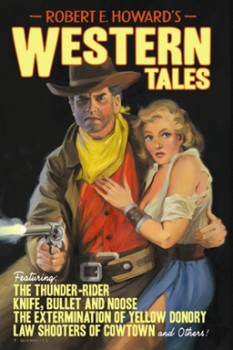
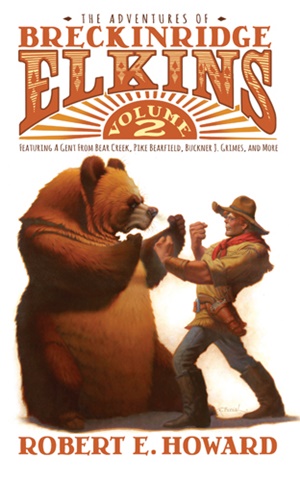
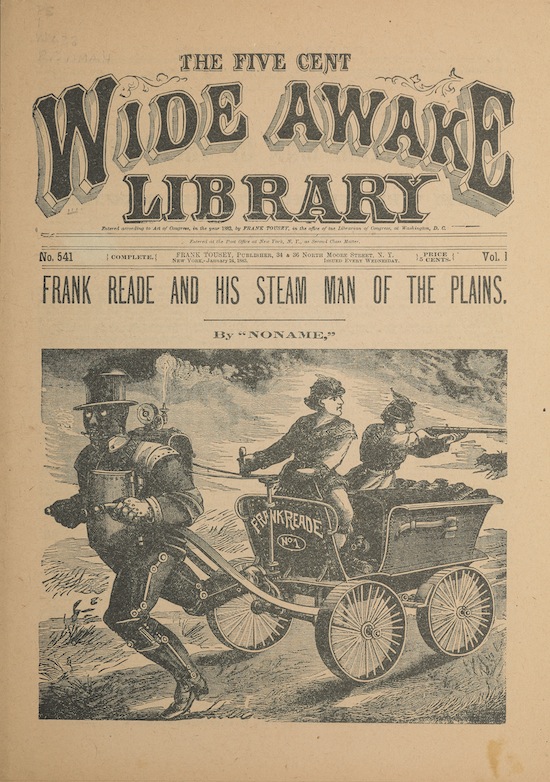
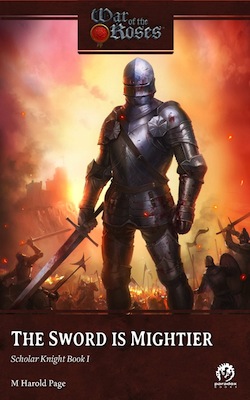


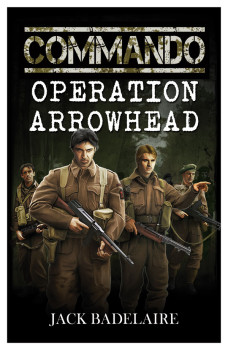 Today we’re talking to
Today we’re talking to 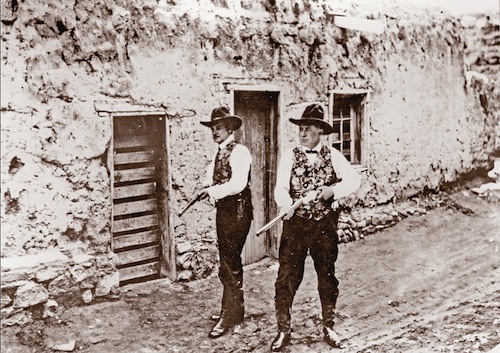
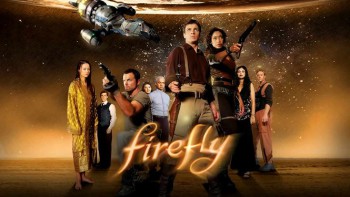 As might be expected from the guy who wrote
As might be expected from the guy who wrote 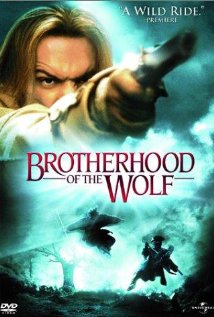 Now space opera and western are not terribly dissimilar, but
Now space opera and western are not terribly dissimilar, but